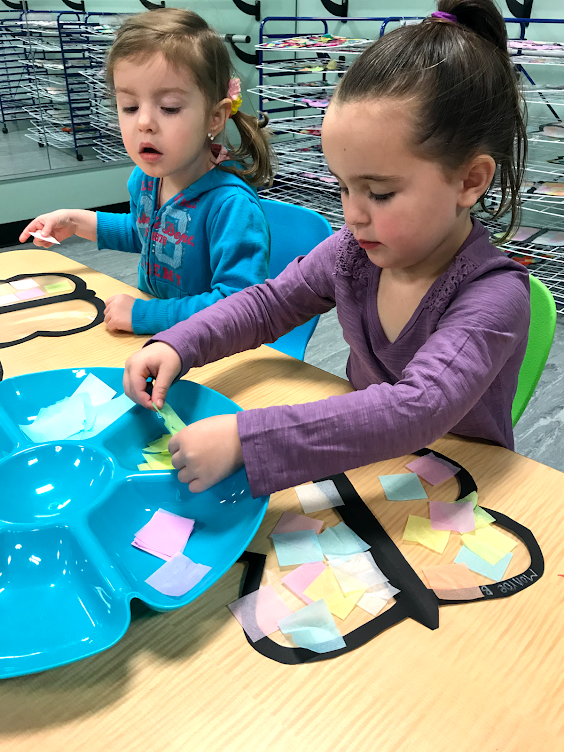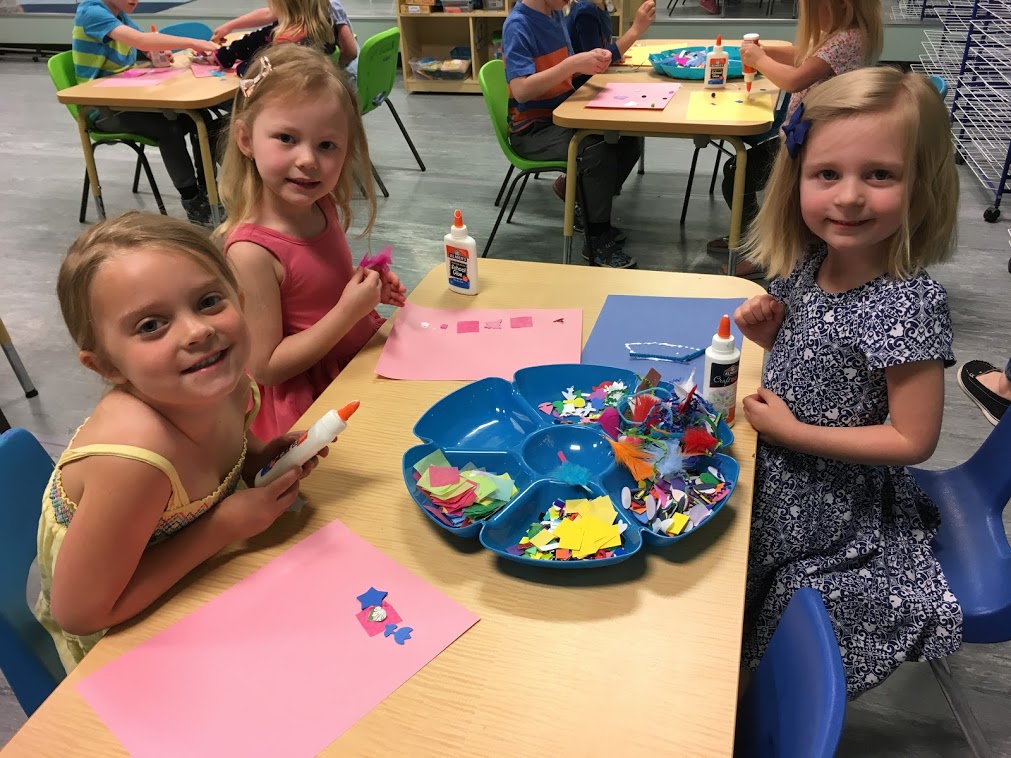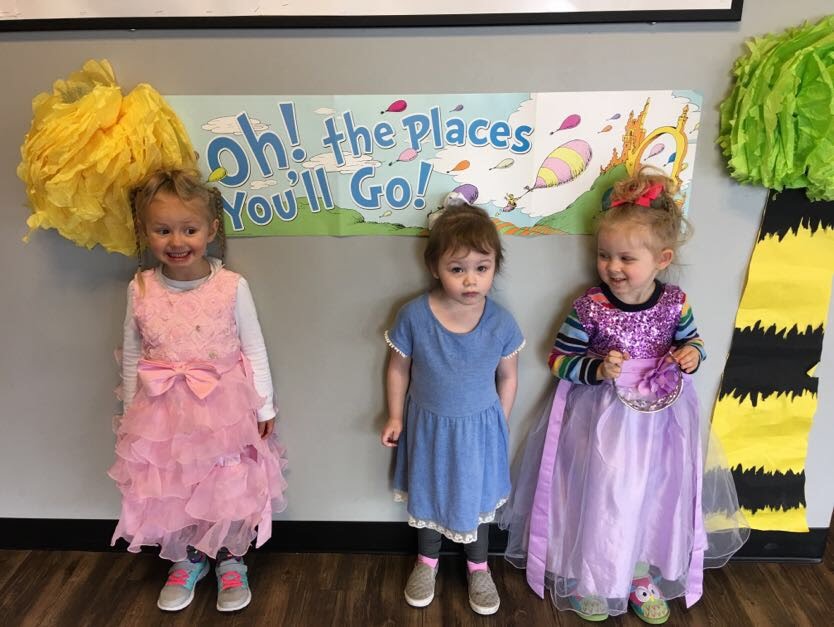ABC. 123.
That’s what matters most in preschool, right? You want your child to be able to read, write, and do math so she’ll be ahead once she starts kindergarten.
Right?
Well, that’s only a small part of it.
While literacy and math are extremely important parts of your preschooler’s academic development, they don’t tell the whole story. Preschool is actually a critical time for your child to develop their whole self. A high-quality preschool will work on developing the whole child in the following ways:
How to Learn
We spend our whole lives learning, and preschool is where your child’s foundation begins. This is where your child develops their attitude towards school, where they determine if they are good learners or not, and where they learn if they have what it takes to figure out problems. Spoiler alert! Every child is a good learner and has what it takes to overcome challenges. The trick is to help your child keep their zest for learning.
A high-quality preschool knows how to keep learning active, engaging, fun, and age-appropriate. Play is a critical component of your child’s development and education, and preschool gives your child the chance to learn through play.
Character Development
What do we do when we want a turn? What do we do if we’re upset with someone? How do we divide and share resources? How do we solve a problem? How do we tell the truth? Take responsibility? Show compassion for others?
Preschool gives children plenty of opportunities to practice, make mistakes, fix mistakes, and get it right. It’s the perfect setting for children to really begin to build the foundation for a strong character.
Creative Arts
“Children engaged in creating art express their feelings constructively, not destructively,” says Sydney Gurewitz Clemens, consultant for childhood education, teacher, and organizer of San Francisco Classroom Teachers’ Association.
Children thrive when they can express themselves through art. Open-ended art materials and a supportive environment at preschool allows your child to explore their feelings in safe and healthy ways.
Plus, art helps children develop hand-eye coordination, fine motor skills, and increases creativity and imagination.
Language and Literacy
The ability to read and write allows children to communicate more clearly, and builds a confidence and thirst for knowledge. In preschool, your child gets to develop a love for reading and take charge of their own interests. Plus, children have opportunities all day to build their vocabulary and communication skills through talking, playing, listening, and interacting.
Math
Numbers. Shapes. Measurements. Patterns. Sorting. None of us are born hating math, but many of us develop a distaste for the subject. When a preschool integrates math throughout their teaching, it gives your child an early confidence, interest, and understanding in math.
Science and Engineering
Why? How?
These questions are always on your preschooler’s mind, and science and engineering answer them.
Science and engineering are everywhere, and at this time of life when your preschooler is fascinated by everything, it’s a great time for your child to learn how the world works by watching caterpillars emerge from chrysalises, see a seed grow into a pumpkin, use ramps to change the speed of cars, and so much more.
Social Studies
Preschoolers learn to appreciate people and their differences, to understand their place in the world, how to resolve conflicts, and more. Supportive teachers help children to see how to think of others and how to appreciate different traditions and ideas.
Physical Development
Creative movement opportunities let your child build their physical strength while also building memory, increasing concentration, and more. Coordination, large motor skills, rhythm, expression, emotion, and balance are all improved when a preschool includes physical development in its curriculum.
Music
The world is so much better because music is in it. And your child benefits in countless ways when music is a part of his preschool curriculum. Language skills, social skills, academic retention, listening skills, discipline, concentration, and so much more are developed through a music education. Plus, many preschools use music to teach concepts, like the days of the week, the life cycle of insects, and much more.
At UDA Creative Arts Preschool in Draper, Utah, we spend time in all of these areas each and every day. We know that preschool is a critical time to help your child develop her whole self, and we feel honored to be a part of that journey. If you’d like to learn more about what we do, give us a call at (801) 523-5930, or contact us online for a tour.




















